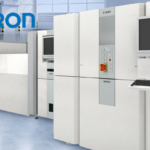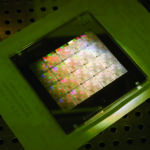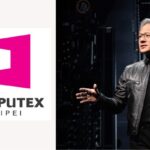ASIA ELECTRONICS INDUSTRYYOUR WINDOW TO SMART MANUFACTURING
Parts Makers Aim for Power Value to Suit AI Use
Japanese electronic component manufacturers are actively developing power supply-related products. They are promoting the development of power electronics components in next-generation mega trends.
Specifically, these moves encompass secondary batteries that support the emergence of electrified vehicles (xEVs), the large-capacity artificial intelligence (AI) servers/data centers, and the increased current capacity of renewable energy equipment. The aim of these endeavors is to contribute to the large-current capacity and high efficiency of power supply systems.
Therefore, to promote decarbonization/carbon neutrality and realize a sustainable society, the need for high-performance and high-efficiency power supply systems is increasing. Electronic component manufacturers are strengthening their technological development of power supply-related components to solve issues such as promoting energy conservation and high efficiency in equipment and devices, the electrification of automobiles, and the shift to renewable energy, with the aim of contributing to the stable supply and effective use of energy.
Recently, there has been an active push for new product development and technical proposals to address the social issue of the explosive increase in power consumption at AI data centers due to the widespread adoption of generative AI.
Power Supply-Related Products, Solutions
At TECHNO-FRONTIER 2025 held at Tokyo Big Sight from July 23 to 25, many electronic component manufacturers showcased their latest power supply-related products and solutions aimed at solving these issues, with a focus on the Power Supply System Exhibition.
Organized by the Japan Management Association (JMA), several electronic components makers have taken part in the annual industry event.
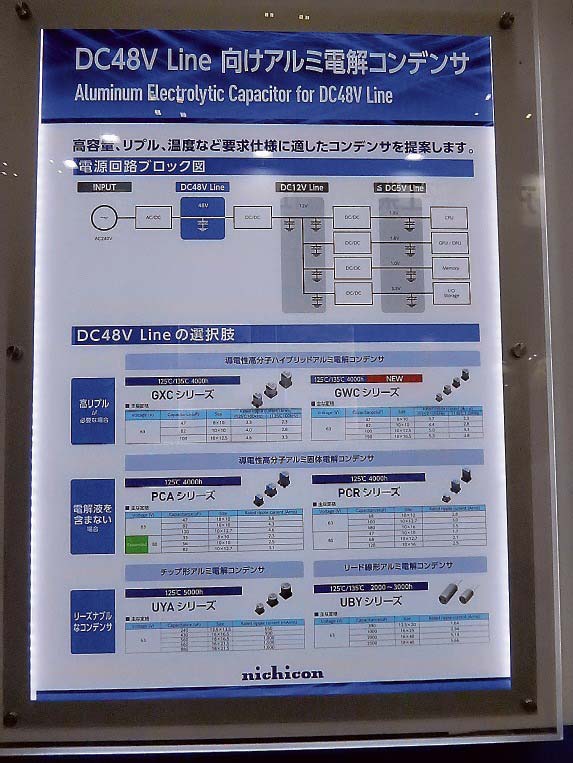
Nichicon proposed the LGA series, a new product line of board-mounted aluminum electrolytic capacitors for AI servers, which achieves the industry’s highest level of high ripple current with a 105°C 5,000-hour guarantee. In addition to mass-produced products, Nichicon introduced the SLB series of small lithium-ion rechargeable batteries and the SLB series high-temperature durable products (80°C compatible), which are currently being sampled.
On the other hand, Sumida Corporation exhibited its WDCS series of winding-type non-contact current sensors for the first time. These sensors use magnets for magnetic bias, eliminating the need for external power supply and enabling operation in the permeability decay region. They are capable of detecting large currents of up to 10,000 Arms. They are intended for use in power infrastructure facilities such as power plants.
The company also showcased a reference model of an electromagnetic induction coil module capable of contactless power transmission, currently under development for use in contactless charging EVs.
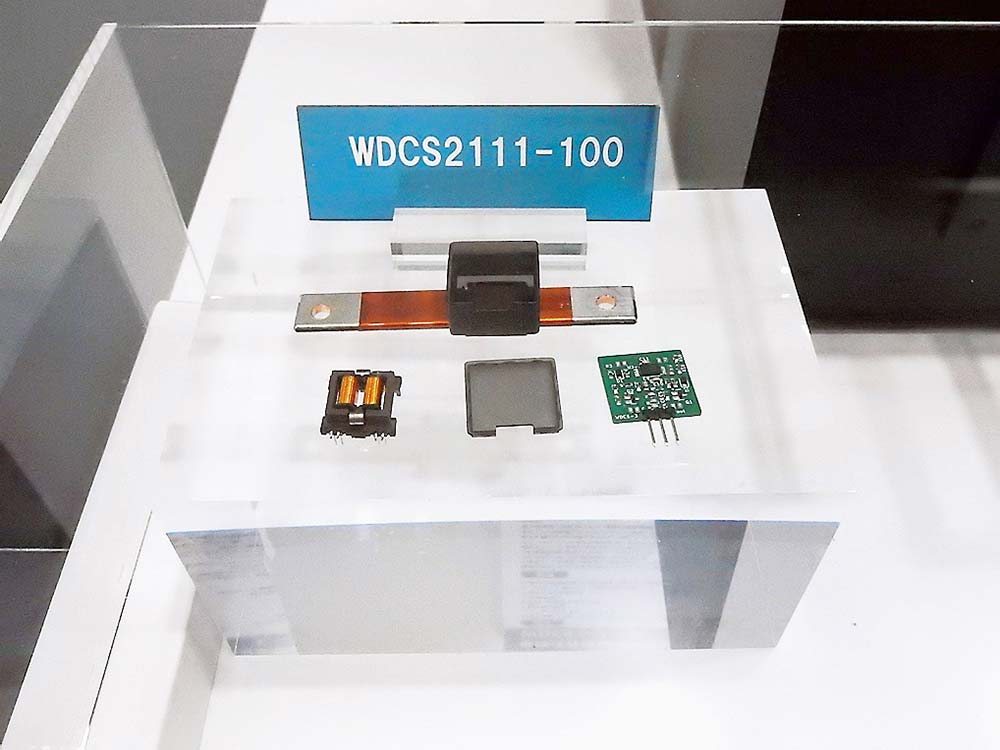
Sophisticated Technologies
Rubicon Corporation promoted its high-capacity, high-voltage aluminum electrolytic capacitors, the MXZ and MXT series. They act as primary side capacitors for AI server power supply boards that support high currents in AI servers. Particularly, the MXZ series uses aluminum powder laminated foil to achieve a high capacity of 2510 μF at 450 Vdc in a board-mounted type.
The company also introduced high-voltage, high-capacity conductive polymer aluminum solid electrolytic capacitors from the PKV/PKZ series, which are applicable to AI servers and automotive equipment.
Meanwhile, Cosel exhibited its lineup of ultra-compact AC/DC power supplies with high power density, the TECS/TEPS series, which are among the smallest in the world. Both board-type and onboard-type models are available, contributing to the miniaturization of devices.
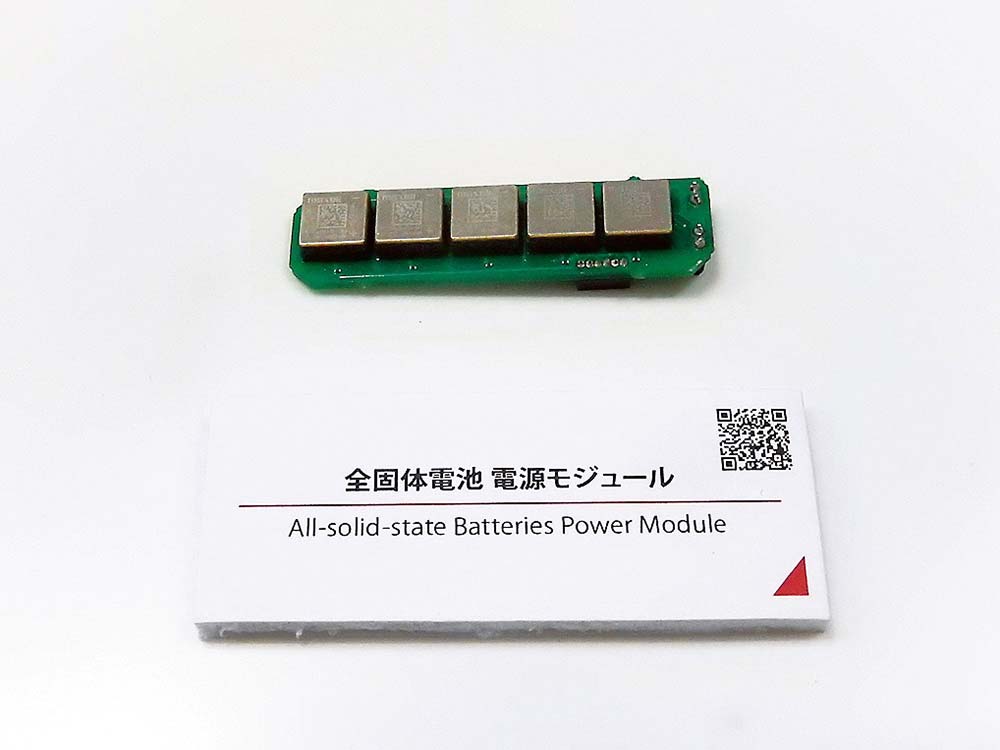
Maxell, which exhibited at the Factory Digital Transformation (DX) Exhibition, showcased all-solid-state batteries with high heat resistance (discharge temperature range: -50°C to +125°C), high reliability, and high safety, which are adopted for backup power supply applications in industrial robots. In addition to the mass-produced “PSB401010H,” the company displayed a prototype of the high-capacity type “PSB23280” (standard capacity 200mAh) currently under development.
29 July 2025


